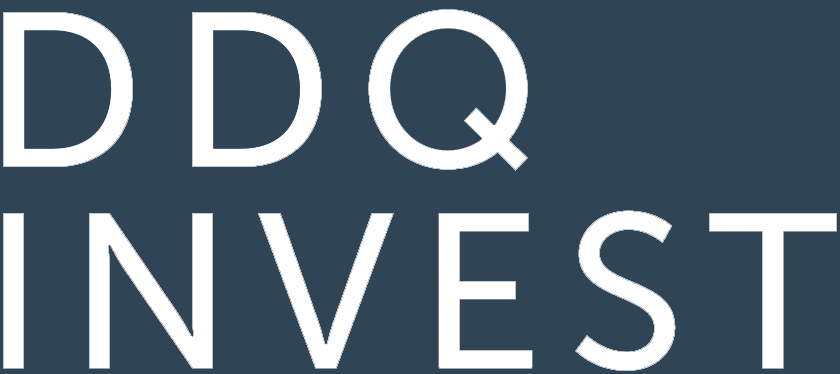Key takeaways
US consumers and businesses are feeling the pressure from higher rates and tariffs, but core economic activity continues – data shows mixed signals not outright contraction
While tariffs add friction to trade, they have prompted realignment and policy responses, creating near-term headwinds and longer-term opportunities
In Europe, deeper integration, more focus on competitiveness and reduced internal trade barriers may make for stronger long-run equity performance
At the beginning of 2025 we were “all in” for markets. But the bond market bear steepening was a dangerous signal. The meaning became clear: the dollar, which typically benefits from disruptions to global trade, has fallen and the US equity market, usually more insulated from trade shocks than Europe, has underperformed. US tech stocks, which sell services not goods, so less at risk from tariffs, have been the worst. While President Trump’s trade policies were the catalyst for the sell-off, the reason for the market moves were trends playing out before: valuation differences, divergent monetary and fiscal policy, a US slowdown and the cracking artificial intelligence (AI) narrative.

